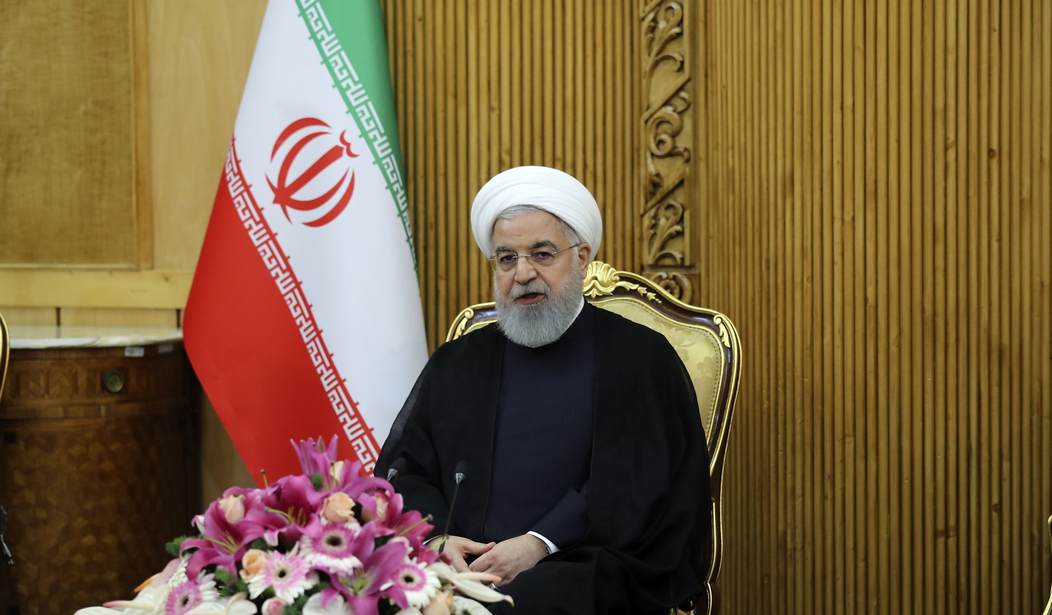A BBC investigation has revealed that the COVID-19 death toll in Iran is nearly three times the official numbers. Iran had seen nearly 42,000 fatalities by July 20, according to the anonymous source, but Health Ministry data placed the number at 14,405. It reported a total of 17,405 as of August 3.
A desire to “shed light on truth” and disrupt “political games” motivated the whistleblower, they told the BBC.
The Iranian government has access to daily hospital admissions and demographic, medical and personal information for COVID-19 patients. Details such as symptoms, duration of hospital stay and underlying conditions are collected in a government database. On reviewing what is presumably the full set of information known to state authorities, provided by the source, the BBC said it could verify several recovered and deceased patients. The BBC report said that the source could verify that Iranian leaders deliberately misrepresented data.
Iran decried the report as unscientific and unverifiable. “We acted quite transparently, and it was clear to eyewitnesses of the disease in comparison with other countries in the region and some even developed ones,” said Health Ministry spokesperson Sima Sadat-Lari, calling on European countries to reveal their true case numbers.
According to the report, the death curve in Iran is roughly the same as official data suggests, but with a much more explosive rise. The first coronavirus death occurred on or near January 22; 52 more people died before the government first acknowledged a death on February 19.
By mid March, when lockdown measures began worldwide, the number of deaths was five times what officials published. Iran became one of the hardest hit countries outside of China. A report by Radio Farda estimated that more than 70,000 people were hospitalized with COVID-19 in late March.
Recommended
Iran implemented efforts to suppress the virus in the third week of March and began easing restrictions in April, when it saw another upsurge in cases and deaths.
While Tehran has seen the highest number of deaths, the small city of Qom has a death rate of one in 1,000. Satellite photos of Qom obtained in March showed freshly-dug mass graves.
The BBC attributes Iran’s extensive cover-up machinations to a need for a barrier against declining government support. Iran’s parliamentary elections occurred in late February on the heels of heavy U.S. sanctions, IRGC General Quassem Suleimani’s assassination by Donald Trump and the failed response to Iranian military’s accidental downing of a passenger airliner.
Former MP and health ministry official Dr. Nouroldin Pirmoazzen told the BBC that President Rouhani’s administration was “anxious and fearful of the truth” about the coronavirus. “The government was afraid that the poor and the unemployed would take to the streets,” he said.
Although officials reinstated certain COVID-19 containment measures, fewer people are adhering to them. New daily reported cases now average 2,000, in part accounted for by an increase in testing and identification of asymptomatic individuals.
In mid-July, Rouhani said that upwards of 25 million people may have been infected with the virus in a country with an estimated population of 84 million.
Analysts and journalists alike have long suspected that the Iranian death toll was much higher than reported. In late February, Iranian MP Gholamali Jafarzadeh Imenabadi said that he had witnessed “horrific numbers” from his hometown of Rascht. “I say this explicitly, the statistics presented so far are not true,” he said.
“The United States is deeply concerned by information indicating the Iranian regime may have suppressed vital details about the outbreak in that country,” U.S. Secretary of State Mike Pompeo told reporters that month.
A representative from the WHO visited a university in Hamedan on Monday and offered to make arrangements for more health equipment to be imported into Iran, a state news site reported.

























Join the conversation as a VIP Member